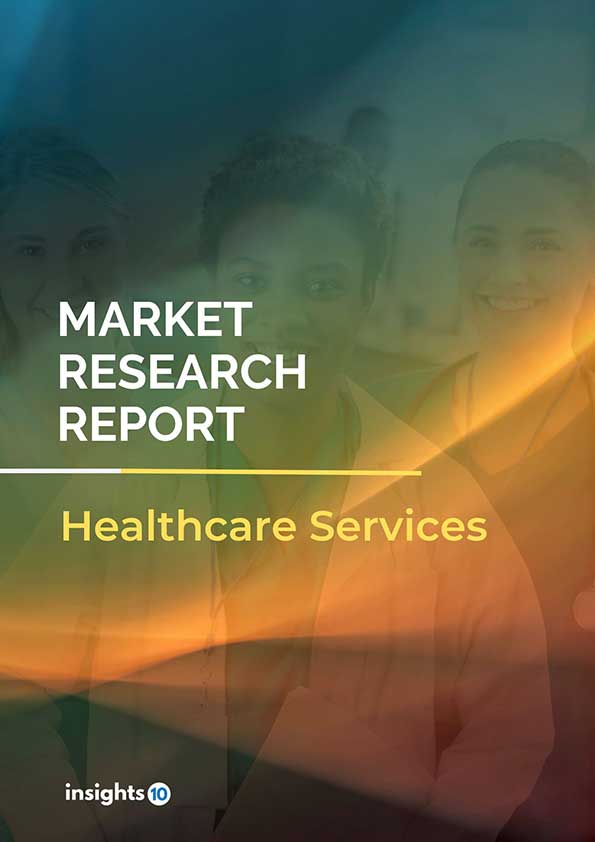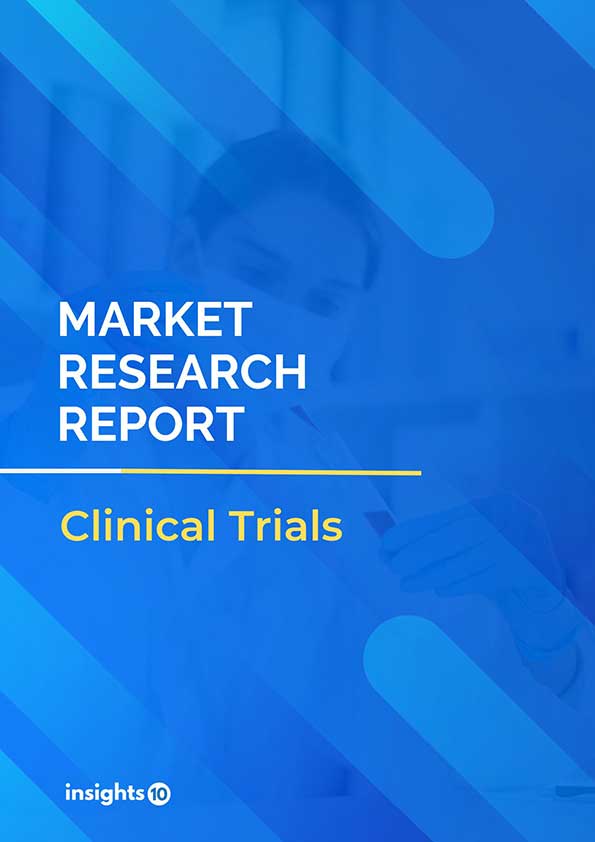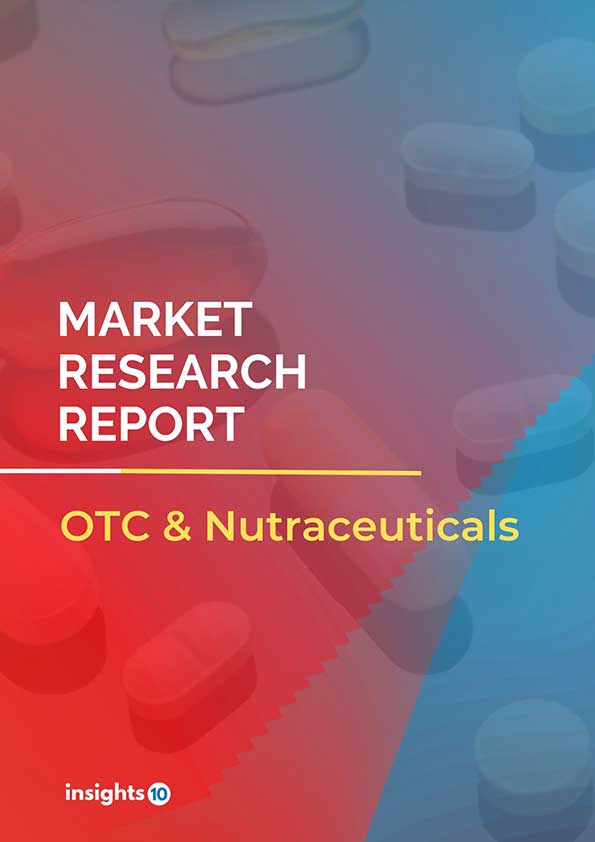Ukraine Artificial Intelligence (AI) in Diagnostics Market Analysis
The Ukraine Artificial Intelligence (AI) in the diagnostics market is projected to grow from $xx Bn in 2022 to $xx Bn by 2030, registering a CAGR of xx% during the forecast period of 2022-30. The market will be driven by the increasing demand for better healthcare services & the need for more accurate and efficient diagnoses. The market is segmented by component & by diagnosis. Some of the major players include GE Healthcare, IBM Watson Health & Siemens Healthineers.
Buy Now

Ukraine Artificial Intelligence (AI) in Diagnostics Market Executive Summary
The Ukraine Artificial Intelligence (AI) in the diagnostics market is projected to grow from $xx Bn in 2022 to $xx Bn by 2030, registering a CAGR of xx% during the forecast period of 2022 - 2030. The government is the principal source of healthcare funding in Ukraine, with the majority of the money coming from the national budget. Private healthcare spending, on the other hand, is substantial, notably for inpatient treatment and medications. Additionally, Ukraine's extended crisis has had an influence on healthcare expenses, increasing the number of people in need of medical treatment and putting strain on the healthcare system. In the country, the 5-year prevalence of cancer diagnoses for all ages is 927.6/100,000 people. The most prevalent malignancies among males are lung cancer, colorectal cancer, and stomach cancer; breast cancer, colorectal cancer, and cervical cancer are the most common diseases among Ukrainian women.
In Ukraine, AI is being used in diagnostics, such as the usage of AI-powered medical image analysis systems to aid with diagnoses. Furthermore, some Ukrainian firms are creating AI-based healthcare solutions, especially diagnostic tools. In January 2023, A startup in Ukraine CheckEye one of just a few companies in the world employed artificial intelligence to identify a developing problem caused by diabetes.
Market Dynamics
Market Growth Drivers
The increasing demand for better healthcare services, as well as the need for the more accurate and efficient diagnosis, is pushing the use of AI in diagnostics. AI-enabled tools and platforms can give more accurate and timely diagnoses, resulting in improved treatment results for patients. In Ukraine, the rising availability of healthcare data and the expanding usage of electronic health records (EHRs) provide a plethora of data that may be utilized to train AI algorithms. This makes possible the development of more complex and precise AI-powered diagnostic tools.
Market Restraints
The World Health Organization predicts that Russia's imminent invasion of Ukraine has damaged 18 million people as of March 14, 2022. In addition to this catastrophe, Russia is waging a covert cyberwar on Ukraine's digital infrastructure, notably in the health sector. Lack of skilled personnel, funds and investments for technology, data privacy and security concerns, and economic and political turmoil all impede the growth of the AI Diagnostics market in Ukraine.
Competitive Landscape
Key Players
- GE Healthcare
- IBM Watson Health
- Siemens Healthineers
- Philips Healthcare
- Google Health
- AliveCor, Inc.
- Lunit Inc.
Healthcare Policies and Regulatory Landscape
In Ukraine, the Ministry of Health is in charge of regulating the use of medical equipment, including AI diagnostics. It establishes safety and performance requirements for these devices and guarantees that they are appropriately registered and labeled. The Ministry of Health is also in charge of approving new medical equipment, including AI diagnostics. The State Service of Ukraine on Pharmaceuticals and Drug Control is in charge of implementing medical device laws, including AI diagnostics.
Reimbursement Scenario
The National Health Service of Ukraine is in charge of handling medical service reimbursement, including AI diagnostics. It establishes which medical treatments are covered by the Ukrainian healthcare system and the fees that healthcare providers can charge for these services.
1. Executive Summary
1.1 Digital Health Overview
1.2 Global Scenario
1.3 Country Overview
1.4 Healthcare Scenario in Country
1.5 Digital Health Policy in Country
1.6 Recent Developments in the Country
2. Market Size and Forecasting
2.1 Market Size (With Excel and Methodology)
2.2 Market Segmentation (Check all Segments in Segmentation Section)
3. Market Dynamics
3.1 Market Drivers
3.2 Market Restraints
4. Competitive Landscape
4.1 Major Market Share
4.2 Key Company Profile (Check all Companies in the Summary Section)
4.2.1 Company
4.2.1.1 Overview
4.2.1.2 Product Applications and Services
4.2.1.3 Recent Developments
4.2.1.4 Partnerships Ecosystem
4.2.1.5 Financials (Based on Availability)
5. Reimbursement Scenario
5.1 Reimbursement Regulation
5.2 Reimbursement Process for Diagnosis
5.3 Reimbursement Process for Treatment
6. Methodology and Scope
Artificial Intelligence (AI) in Diagnostics Market Segmentation
- By Component Outlook Type (Revenue, USD Billion):
- Software
- Hardware
- Services
- By Diagnosis Outlook Type (Revenue, USD Billion):
- Cardiology
- Oncology
- Pathology
- Radiology
- Chest and Lung
- Neurology
- Others
Methodology for Database Creation
Our database offers a comprehensive list of healthcare centers, meticulously curated to provide detailed information on a wide range of specialties and services. It includes top-tier hospitals, clinics, and diagnostic facilities across 30 countries and 24 specialties, ensuring users can find the healthcare services they need.
Additionally, we provide a comprehensive list of Key Opinion Leaders (KOLs) based on your requirements. Our curated list captures various crucial aspects of the KOLs, offering more than just general information. Whether you're looking to boost brand awareness, drive engagement, or launch a new product, our extensive list of KOLs ensures you have the right experts by your side. Covering 30 countries and 36 specialties, our database guarantees access to the best KOLs in the healthcare industry, supporting strategic decisions and enhancing your initiatives.
How Do We Get It?
Our database is created and maintained through a combination of secondary and primary research methodologies.
1. Secondary Research
With many years of experience in the healthcare field, we have our own rich proprietary data from various past projects. This historical data serves as the foundation for our database. Our continuous process of gathering data involves:
- Analyzing historical proprietary data collected from multiple projects.
- Regularly updating our existing data sets with new findings and trends.
- Ensuring data consistency and accuracy through rigorous validation processes.
With extensive experience in the field, we have developed a proprietary GenAI-based technology that is uniquely tailored to our organization. This advanced technology enables us to scan a wide array of relevant information sources across the internet. Our data-gathering process includes:
- Searching through academic conferences, published research, citations, and social media platforms
- Collecting and compiling diverse data to build a comprehensive and detailed database
- Continuously updating our database with new information to ensure its relevance and accuracy
2. Primary Research
To complement and validate our secondary data, we engage in primary research through local tie-ups and partnerships. This process involves:
- Collaborating with local healthcare providers, hospitals, and clinics to gather real-time data.
- Conducting surveys, interviews, and field studies to collect fresh data directly from the source.
- Continuously refreshing our database to ensure that the information remains current and reliable.
- Validating secondary data through cross-referencing with primary data to ensure accuracy and relevance.
Combining Secondary and Primary Research
By integrating both secondary and primary research methodologies, we ensure that our database is comprehensive, accurate, and up-to-date. The combined process involves:
- Merging historical data from secondary research with real-time data from primary research.
- Conducting thorough data validation and cleansing to remove inconsistencies and errors.
- Organizing data into a structured format that is easily accessible and usable for various applications.
- Continuously monitoring and updating the database to reflect the latest developments and trends in the healthcare field.
Through this meticulous process, we create a final database tailored to each region and domain within the healthcare industry. This approach ensures that our clients receive reliable and relevant data, empowering them to make informed decisions and drive innovation in their respective fields.
To request a free sample copy of this report, please complete the form below.
We value your inquiry and offer free customization with every report to fulfil your exact research needs.









































